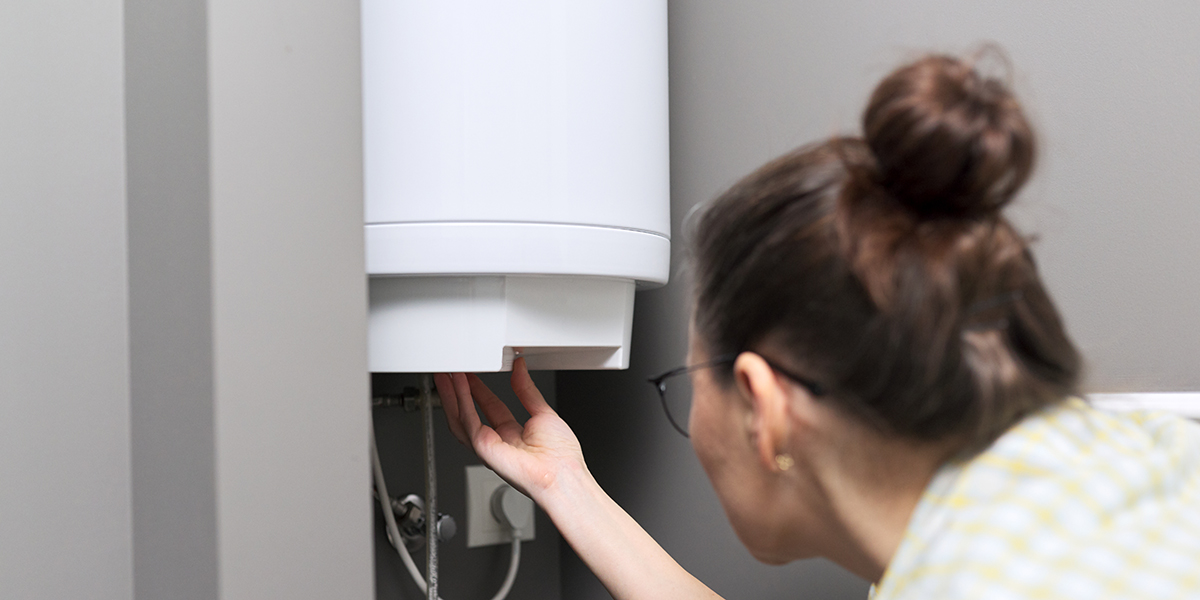
Seasonal extremes in Arizona make maintaining healthy heating and cooling systems a top priority. With the area’s high degree of temperature fluctuations, you’ll be glad to have functional heating and air to combat these changes.
Some homeowners worry when they turn on their heat only to find their furnace is not responding to the thermostat. However, there are many reasons thermostats and furnaces might not work in unison when you need them.
For homeowners experiencing heating issues, call Mesa’s furnace repair experts from Felix Appliance Heating & Air. Our expert technicians can help troubleshoot problems with your thermostat or furnace.
10 Reasons Why Your Furnace Is Not Responding to Your Thermostat
For homeowners wondering why their furnace is not responding to their thermostat, review these ten possible root causes:
Thermostat Malfunctions
Although programmable thermostats simplify cooling and heating cycles, these devices can malfunction in ways that obstruct proper heating and HVAC functioning. These issues can be as simple as having the wrong settings, low battery power, or program malfunctions. Nevertheless, professionals should inspect your thermostat to ensure it works.
Wrong Thermostat for Your System
Not every thermostat is suitable for every type of furnace. Before installing or replacing your home’s furnace, check that your thermostat can handle the heating load required for the new unit. Professional technicians can advise you while installing programmable thermostats to ensure you choose a suitable match.
Clogged and Dirty Air Filters
When dirt accumulates on your system’s air filters, it can obstruct proper air distribution throughout your home. Additionally, dirty filters degrade air quality.
You might need an air filter replacement to allow hot air to flow normally and heat your home. Professionals can perform proper replacements on all your system’s filters.
Power Supply and Wiring Issues
Both your thermostat and furnace require electricity to function properly. Without adequate power sources and suitable wiring, these devices won’t communicate.
There are various checks professionals might perform on your system to check the power supply. Simple adjustments like ensuring your system powers on and checking that a circuit breaker didn’t trip can resolve the issue. Other problems might require new wiring for your entire system.
Motor, Belt, or Blower Problem
Oil and gas furnaces utilize special mechanical components to distribute air throughout your home. These include the motor, belt, and blower, which are responsible for sending heated air throughout your ductwork. Your furnace might not respond to your thermostat if these components require repair or replacement.
Tripped Breaker or Furnace Switch
Problems with your furnace can be as simple as a tripped circuit breaker or flipped furnace switch. These switches trip when your system detects issues. Call professionals to inspect your furnace and thermostat and ensure no major problems caused the trip.
Furnace Gas Supply Is Off
Your furnace requires gas to create heat. For most systems, there is a gas line that runs directly into the unit to supply this crucial fuel. Furnace issues might occur if someone or something shuts off or damages your gas line.
Checking your pilot light offers another simple troubleshooting step for furnace issues. Older systems require a pilot light to catalyze the heating function of their furnace. Relighting your pilot can solve heating issues throughout your home.
Furnace Lockout Mode and Underlying Issues
Furnace lockout mode occurs when your unit detects an issue that could cause a major breakdown. During lockout mode, your unit automatically shuts off and turns on again approximately three to five times.
If the issue doesn’t resolve itself, it might remain in lockout mode and remain unusable until professionals fix the problem. Some common underlying issues that cause lockout mode include faulty igniters, broken flame sensors, and broken limit switches.
Condensate Drain Pan Problems
Your condensate drain collects excess water during the air heating process. A full condensate drain pan could not only cause expensive water damage but might stop your furnace from functioning altogether. Check for leaking water around your unit to ensure the condensate drain pan remains empty.
Blocked or Leaky Ductwork
Your ductwork is the main distribution channel for warm air throughout your home. However, it’s not uncommon for ducts to form small leaks or blockages.
Duct obstructions can decrease the efficiency of your heating or prohibit hot air from flowing at all. Getting routine professional maintenance helps identify and resolve ductwork problems before they cause your system to malfunction.
Hire Professional HVAC Services From Felix Appliance Heating & Air
For more information about furnace maintenance or to ask why your furnace is not responding to your thermostat, call 480-406-7487 and schedule service from Felix Appliance Heating & Air today!
